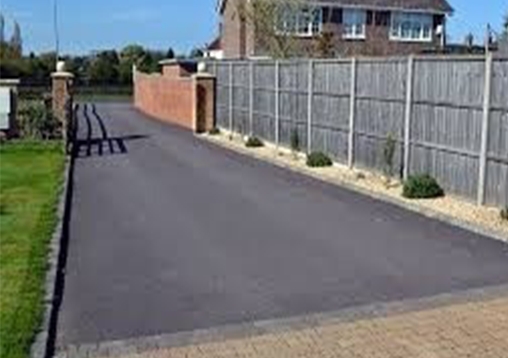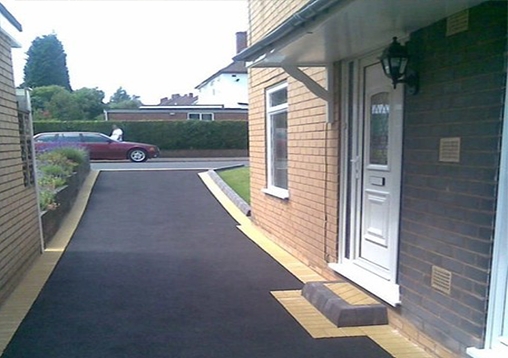TARMAC DRIVEWAYS
Although previously mostly used for pavements and motorways. Tarmac Driveways have become more and more popular with residential property owners. It is fairly quick to install and is very cost effective.
Monarch Paving are specialists throughout all areas of Driveways, from Resin Driveways to Tarmac.
With over 50 years experience we offer a professional and efficient service seven days a week. Family run, we offer a one to one service, meaning we can give our all and keep you updated continuously without forgetting about you.
Making sure the highest possible level of quality and customer satisfaction has ensured our ongoing success.
We work hard to provide you with a top quality service from the outset and throughout.


